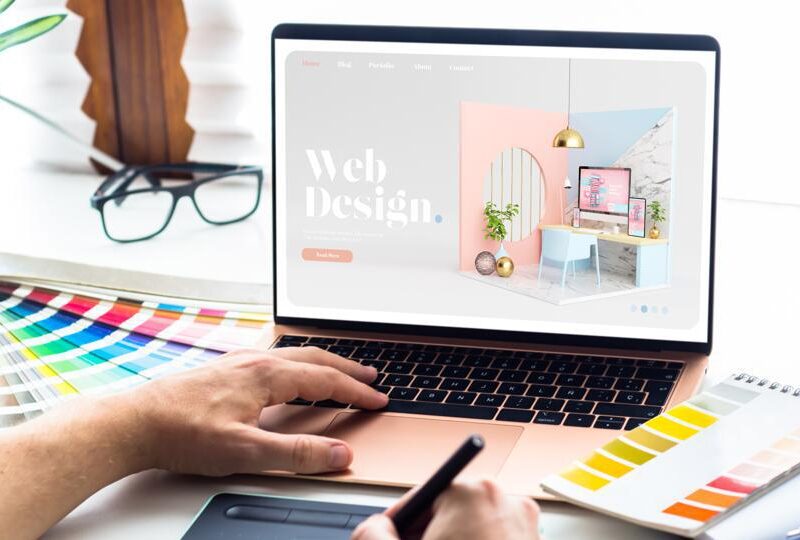
Essential Tips For Better Web Design
You can find web design tips all over the internet. Lots of people have a lot of opinions on what the ideal website should look like. This is because design is at least partly subjective. What one person likes, another person might see as hideous.

However, web design is one of the most important factors for the success of a website, which is why people use web developers like Exo Agency to help them. The design of a site can be the main factor for judging a company’s credibility. It can influence conversions, bounce rate, and more. Here are some essential tips to get your started.

Make Site Speed An Absolute Priority
Speed matters. Research shows that speed can have an impact on bounce rate, conversions, revenue, and user satisfaction.
If your site is slow, visitors won’t stay on it. Because users care about speed, so do search engines, and they factor page load speeds into their rankings. It’s very important to make your site as fast as possible.

Leverage The Fold
Whether or not the fold still exists is a hotly debated topic. Some developers think that because of the sheer variety of screen sizes now, the fold doesn’t matter. Others feel differently.
However, people spend 57 percent of their time above the fold, with a sharp decline after this point. Most users spend their time on the first two screenfuls of a page. It looks like the fold still matters. On your website, you should prioritize your content and use the available space to hook users in so that they stay on your site.
To do this:
- Use a clear and descriptive headline. Explain clearly what your site can do for visitors and highlight the benefits it offers. Be brief.
- Include your main call to action. To improve your chances of converting, the fold is when you should start your user journey. Make sure your CTA is clear and visible.
- Include media. Images, videos, and audio can all help to emphasize your point and hold a user’s attention on your site for longer.

Take Advantage Of Hick’s Law
Hick’s Law states that the more choice that an individual has, the longer they will take to make a decision.
An interesting study on this law was carried out, where people in a supermarket were given more or fewer types of jam to try. Those who were offered the most choice were a lot less likely to end up buying any jam at all than those who were offered fewer options to choose from.
How can this be applied to your website? You might be able to boost your conversions just by limiting the amount of choice you give to visitors to your website. Here are a few examples of how this could be done:
- Reduce the number of menu items
- Limit form fields
- Focus on one call to action
- Only display social buttons for networks you are active on
- Stick to one goal per page







